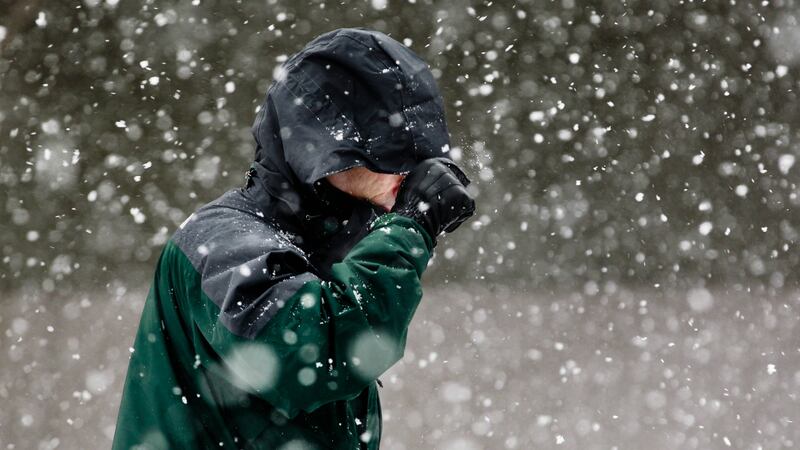Sometimes you hear your Storm Center 7 meteorologists talk about a “wintry mix” that could impact the Miami Valley. This week we will have that potential.
This means the threat for snow, sleet, freezing rain and rain could develop. As the temperature profile of the atmosphere changes from the cloud to the ground, the type of precipitation can change too.
The first, and most obvious type of winter precipitation, is snow. Snow occurs when, from the cloud to the ground, temperatures are below freezing. Simple enough, right?
Things become a little more complicated when layers of warm and cold air interact with the snow.
The next type of winter precipitation is sleet. Sleet is formed when snow falls into a warmer layer of air with temperatures above freezing. This causes the snowflakes to melt into rain. The rain droplets then fall into another deep cold layer with temperatures below freezing. This causes the rain droplets to freeze into small ice pellets known as sleet.
Often the most dangerous type of winter precipitation is freezing rain. Freezing rain occurs when snowflakes fall into a warm layer of air causing them to melt into rain droplets. Similarly to how sleet is formed, the rain droplets then fall into a cold layer of air. However, instead of fully freezing in a deep layer of cold air, the raindrops are super-cooled in a shallow layer of cold air. While the droplets do not freeze into pellets, they do reach freezing temperatures. As a result, the droplets freeze on contact with road surfaces, trees, cars, and most anything else it contacts.
Finally, one of the rarer types of winter precipitation is graupel. Graupel is created by raindrops falling through, or mixing with, a layer of snowflakes. The water droplets accumulate the snowflakes around them, creating a soft pellet as opposed to a harder sleet pellet.






